Super Soft Shokupan/ Japanese Milk Bread (Sponge Method)
5.0
(9)
Your folders
Your folders
Prep Time: 80 minutes
Cook Time: 40 minutes
Total: 240 minutes
Servings: 10

Ingredients
Export 9 ingredients for grocery delivery
Instructions
Step 1
Combine all the ingredients for the sponge in a mixing bowl of a standmixer (if you don't plan to use it for other things). Use a whisk to whisk for about 2 minutes. The consistency is like a thick batter. Cover tightly and let it ferment until doubles in volume at a warm place for at least 1 hour or up to 4 hours if you plan to bake on the same day
Step 2
If you want an even greater flavor, once the sponge has doubled, cover it tightly and put it in the fridge for 24 hours (no longer than that)
Step 3
Combine all the ingredients for the dough, except for the butter. Add this to the bowl where you have your sponge. Stir the mixture with the dough hook to combine roughly so the dry ingredients won't start flying when you turn on the machine. Start mixing at speed 2 for about 1 minute and then increase to speed 4 and continue to knead for 5 minutes to get a soft dough that won't entirely clear the sides of the bowl yet and still stick to the bottom of the bowl
Step 4
Add the softened butter in 3-4 additions, pat by pat. Add butter only after the dough has roughly absorbed the butter, in about 2-3 minute intervals. Let it continue to knead until the dough is smooth, shiny, and elastic, still slightly sticky. You may have a bit of dough still sticking to the side of the bowl, that's ok. This may take an additional 7-10 minutes (or longer) of kneading. It should reach a windowpane stage. When you gently stretch the dough thinly, it shouldn't tear easily. If it does, knead a bit longer.
Step 5
Lightly oil your hands and pick up the dough and round it up into a smooth ball. It's a very soft dough and you know this bread is going to be ultra soft and fluffy.
Step 6
Place the dough in a lightly oiled bowl. This is optional but I like to put it in a round container, about 1 quart-size so I can monitor when it doubles in volume. Gently press the dough down so it's flat and fill up the container. I will mark the side of the container with masking tape where the dough would double in volume. This may take about 45 minutes to 1 hour at a warm place. It may take longer if your room temperature is cooler
Step 7
Once the dough has doubled, transfer it to a work surface. Deflate the air by pressing and folding the dough a few times. Divide into 3 equal portions. Dividing the dough into 3 helps the dough to rise taller and more stable since this is a very soft and delicate dough
Step 8
I encourage you to weigh the dough so they will be the same size. Round them up into dough balls, keep them covered and let them rest for 10 minutes to relax the gluten
Step 9
Brush your loaf pan with some oil all over. I use a 7 1/2 x 4 1/2 x 4 1/2 tall loaf pan. You can also use 8 1/2 x 4 1/2 loaf pan. Work with one dough at a time. Roll the dough out into a rectangle, about 12 x 8 inches roughly, trying to deflate as much air bubbles as possible at the same time so there won’t be holes inside your bread later. Fold both sides to the center. Roll it up tightly from the short side and pinch the seam to seal. Place this inside the loaf pan. Repeat with another two doughs.
Step 10
Place all the shaped dough side by side. Gently press them down to fit the pan and so that they are the same height
Step 11
Cover the loaf pan with a plastic wrap. Update: Let it ferment to about 80% of the height of the pan, about 1-inch below the rim of the pan at a warm place. Do a finger poke test: flour your finger lightly and then gently push on the dough. If the indentation stays and the dough slowly sprinsg back, but still leave some indentation, it's done proofing. If it bounces back almost immediately, proof a bit longer
Step 12
15 minutes before the end of the proofing, preheat oven to 350 F (180 C) for convection oven, 330 F (165 C) for convection oven
Step 13
Combine the egg with water using a whisk. Strain them if necessary so the white won't be in one blob. Brush this thinly on top of the dough. Sprinkle with some white sesame seeds
Step 14
Place the loaf pan in the middle of the oven and bake for 45-50 minutes. The time is just for reference. You may need to tent loosely with aluminum foil halfway through baking if the top gets browned too quickly.
Step 15
Due to the softness and airiness of the dough, we have to ensure the bread is fully baked so that the crust can support the height or it can collapse if it's underbaked. I always check the internal temperature by poking a digital thermometer at around 45 minute-mark, right into the center of the loaf, usually it has reached 190 F (88 C). If it hasn't, bake 5 minutes longer and check again until it reaches that internal temperature.
Step 16
Remove from the oven and drop the pan on the counter once or twice. Brush with some melted butter on top if you like. This is a very soft and delicate bread. Let it sit in the pan for 10 minutes. Then gently loosen the sides with spatula and let it cool down on its side first for about 15 minutes and then let the bread stand in its upright position and cool completely on a cooling rack.
Step 17
Do not cut into freshly baked bread for at least 2 hours. The bread may collapse and worse, turns gummy
Top similar recipes
Curated for youYour folders

 1093 views
1093 viewsJapanese Milk Bread (Shokupan)
milkandpop.com
4.7
(11)
40 minutes
Your folders
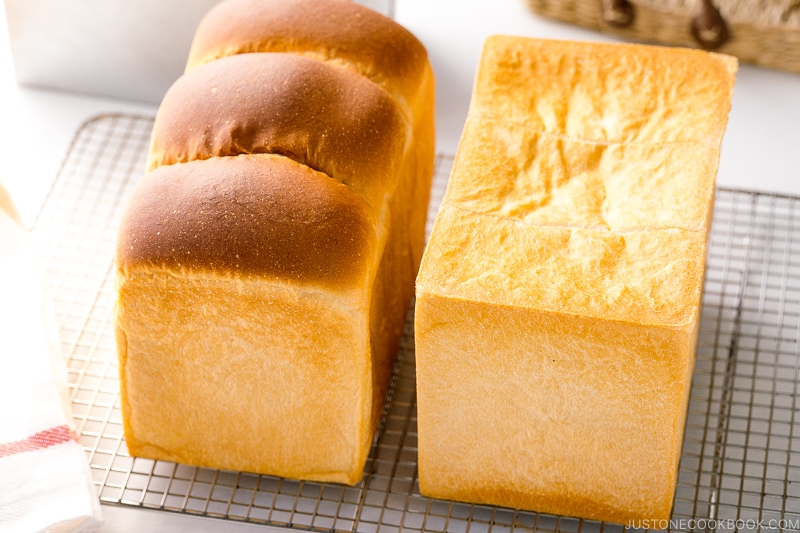
 362 views
362 viewsJapanese Milk Bread (Shokupan)
justonecookbook.com
4.7
(11)
30 minutes
Your folders

 80 views
80 viewsShokupan (Japanese Milk Bread)
tarasmulticulturaltable.com
5.0
(1)
30 minutes
Your folders

 116 views
116 viewsJapanese Soft White Bread (Shokupan...
bakewithpaws.com
30 minutes
Your folders
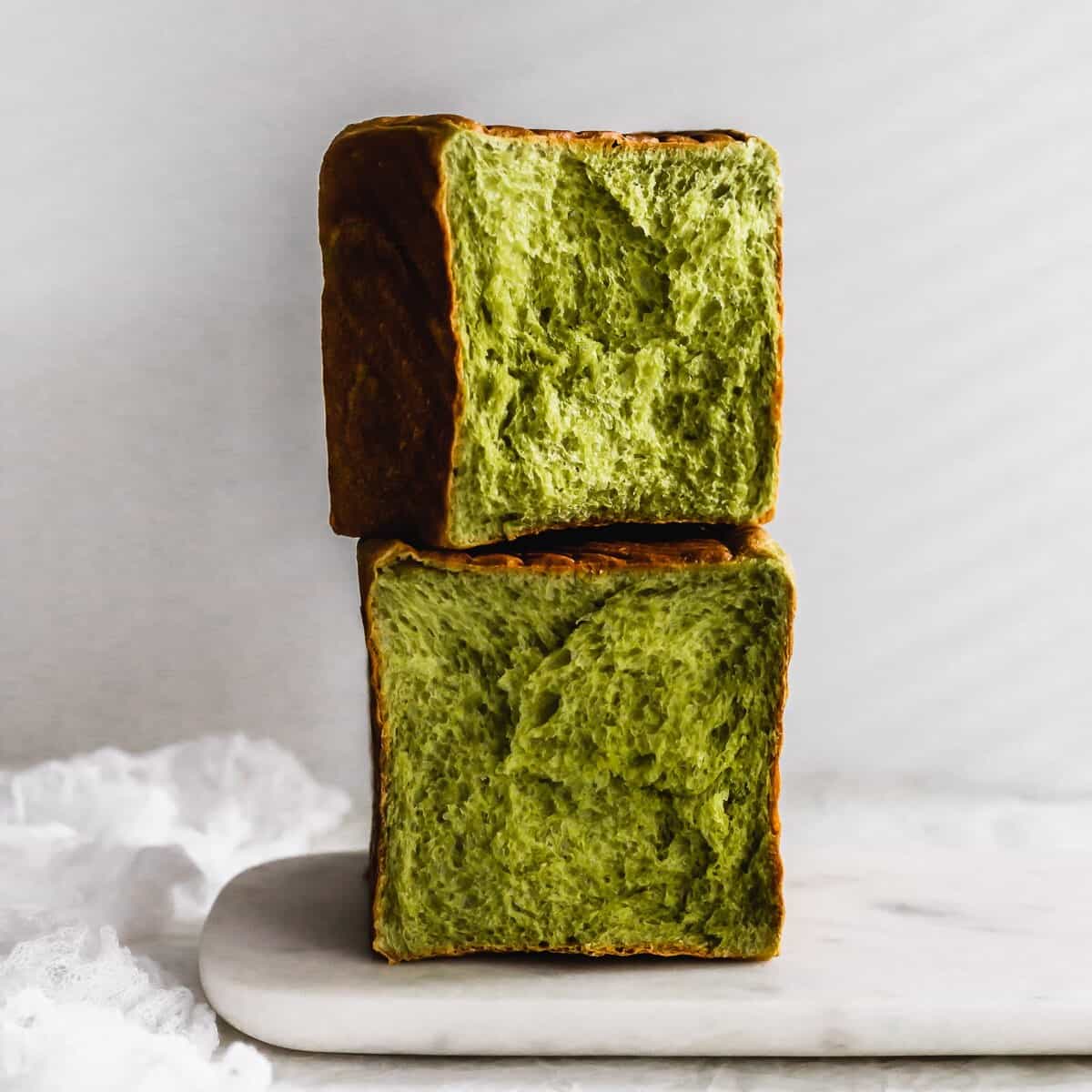
 423 views
423 viewsMatcha Shokupan (Japanese Milk Brea...
siftandsimmer.com
5.0
(22)
35 minutes
Your folders

 12 views
12 viewsSoft, Fluffy Shokupan (Milk Bread) ...
feelingfoodish.com
5.0
(6)
40 minutes
Your folders
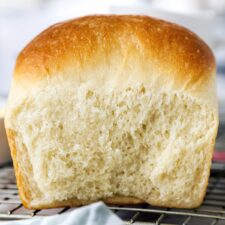
 161 views
161 viewsJapanese Milk Bread (Shokupan - 食パン...
pickledplum.com
5.0
(2)
35 minutes
Your folders

 135 views
135 viewsShokupan (Japanese White Bread)
americastestkitchen.com
4.7
(67)
Your folders
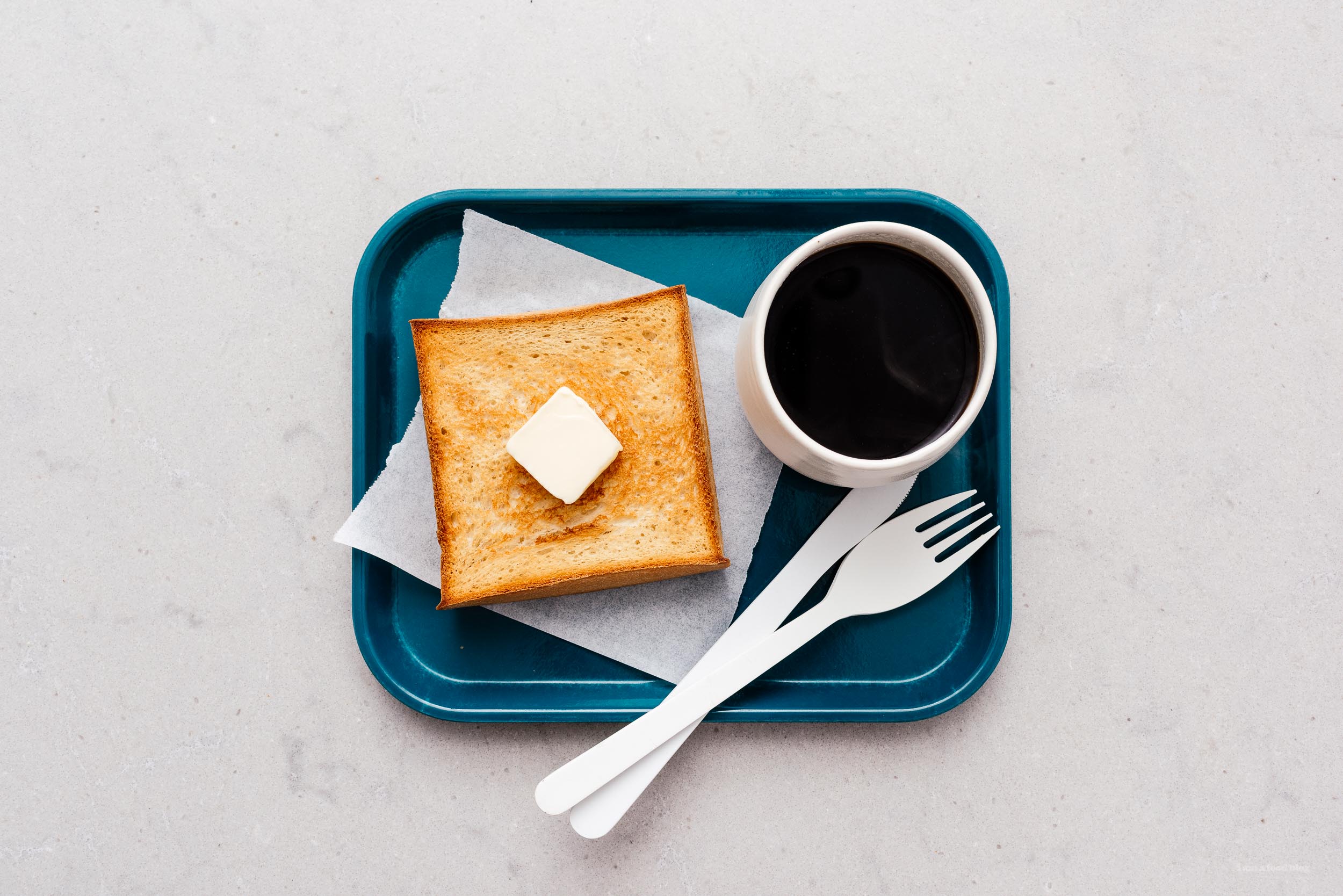
 401 views
401 viewsJapanese Shokupan Bread Recipe
iamafoodblog.com
4.9
(12)
Your folders

 13 views
13 viewsJapanese Shokupan Bread Recipe
iamafoodblog.com
4.9
(25)
Your folders
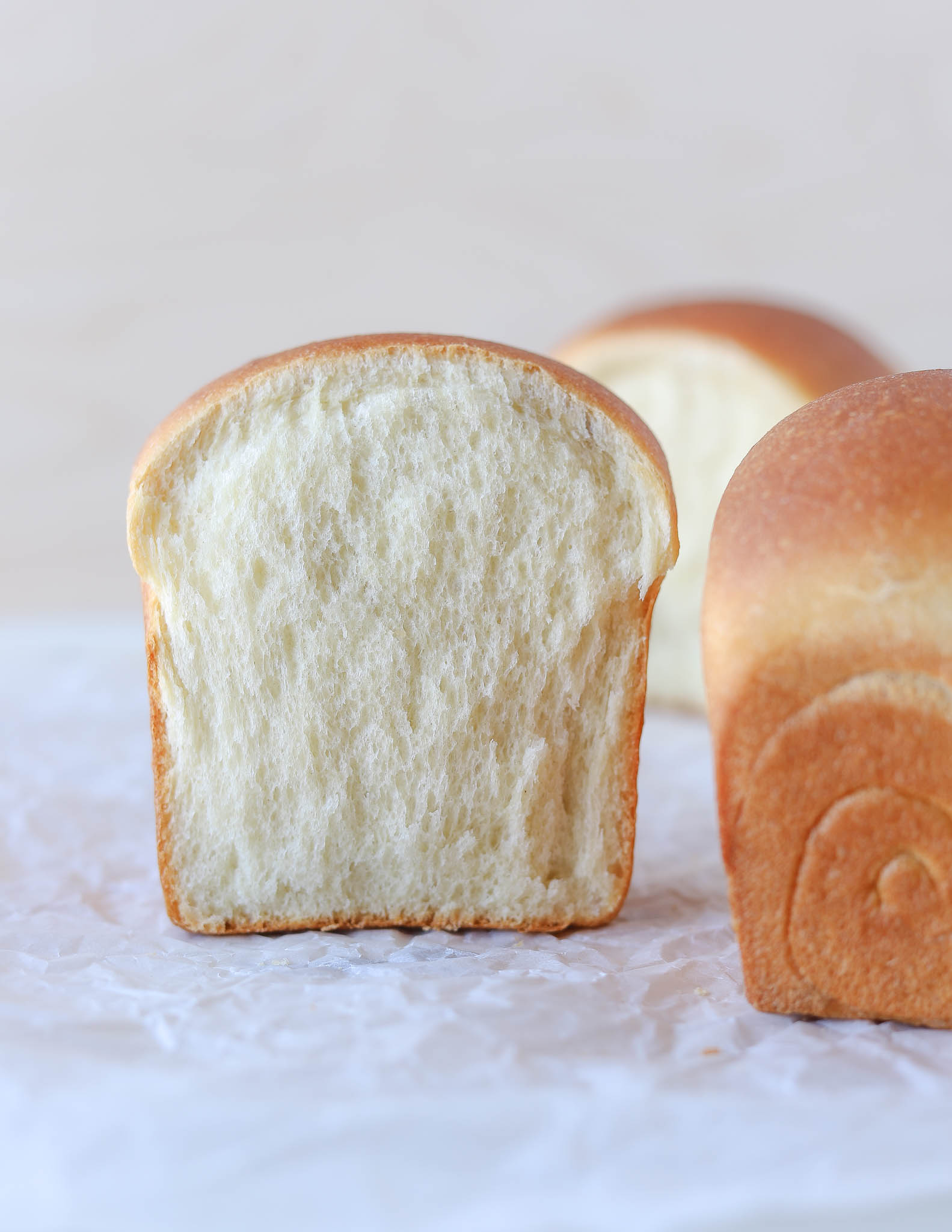
 397 views
397 viewsSourdough Japanese Milk Bread (Tang...
breadbyelise.com
4.6
(42)
30 minutes
Your folders
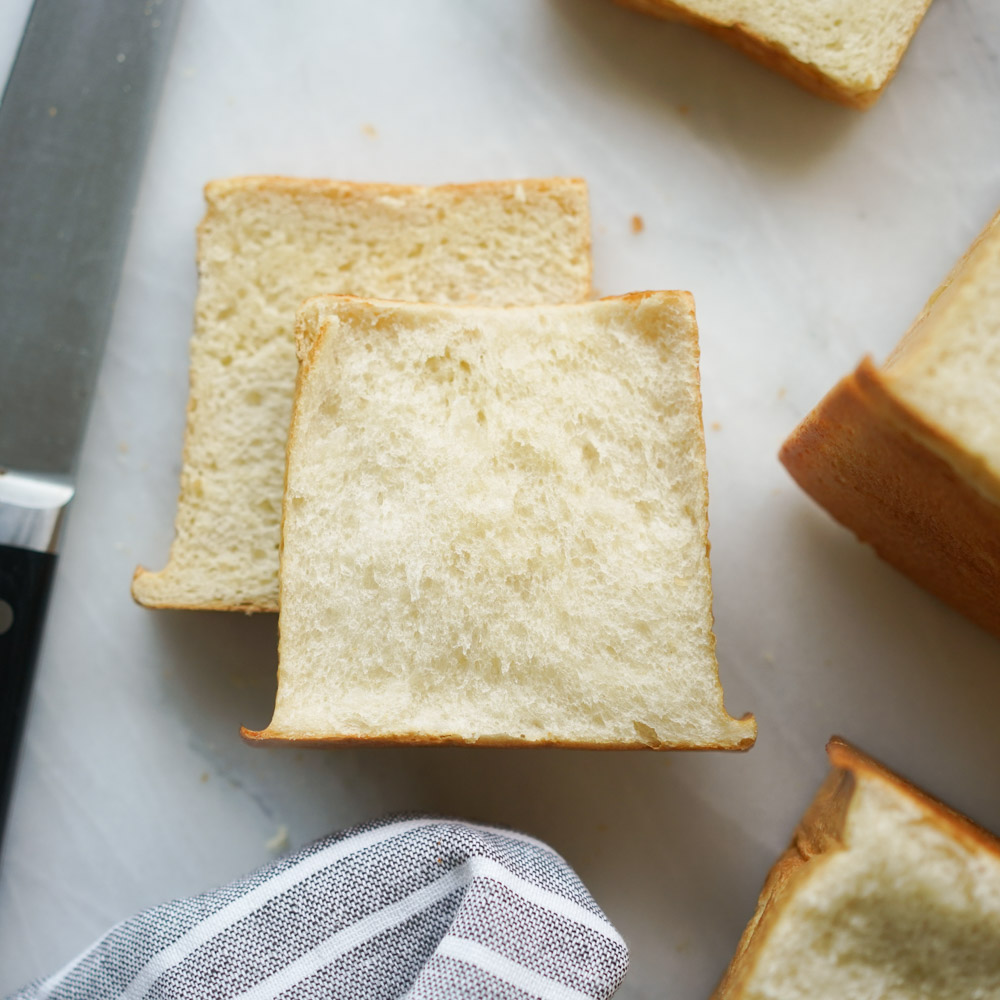
 301 views
301 viewsShokupan Recipe (Fluffy Japanese Mi...
hungryhuy.com
4.8
(5)
20 minutes
Your folders

 67 views
67 viewsShokupan – The easiest Japane...
yunsfamilytable.com
30 minutes
Your folders
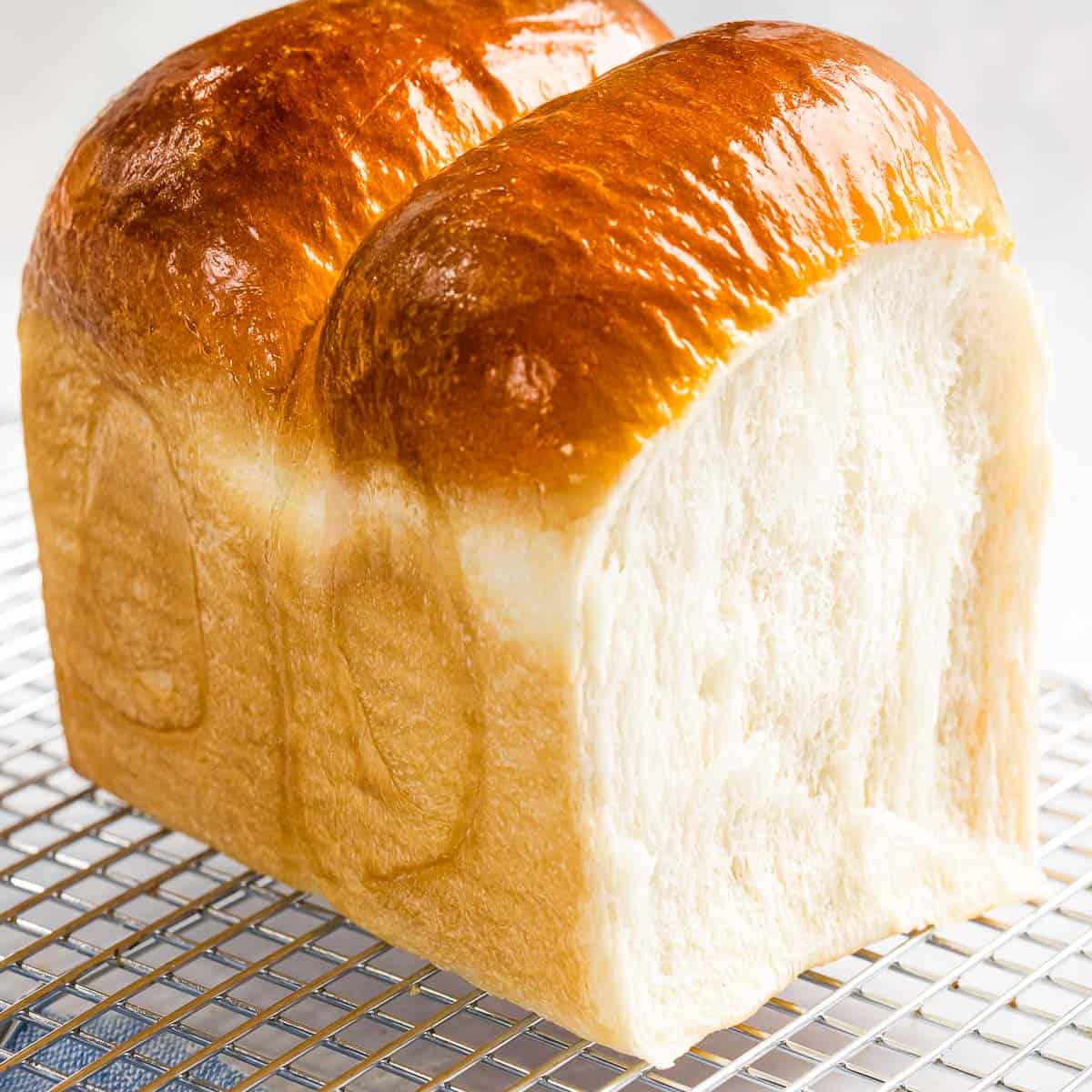
 272 views
272 viewsSoft and Fluffy Japanese Milk Bread
drivemehungry.com
5.0
(227)
25 minutes
Your folders
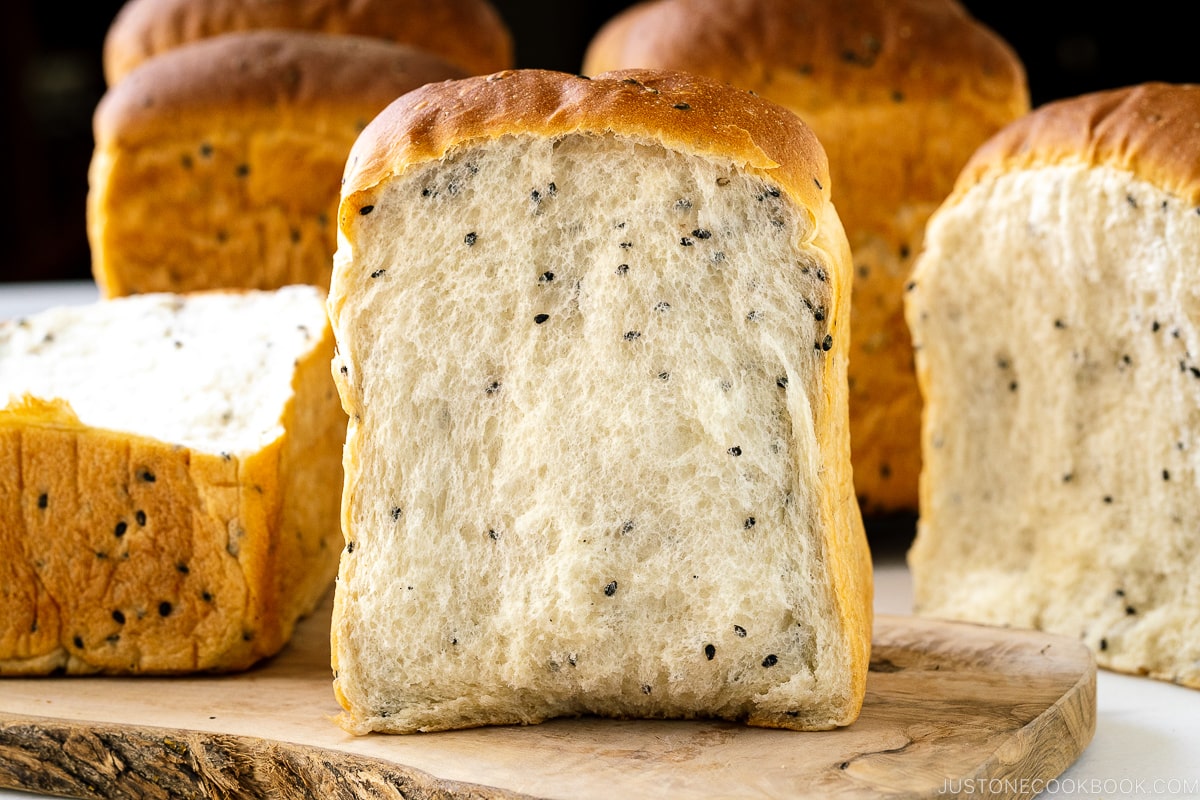
 246 views
246 viewsBlack Sesame Milk Bread (Shokupan)
justonecookbook.com
30 minutes
Your folders

 175 views
175 viewsSuper Soft Cinnamon Rolls - Tangzho...
tarateaspoon.com
4.8
(137)
25 minutes
Your folders
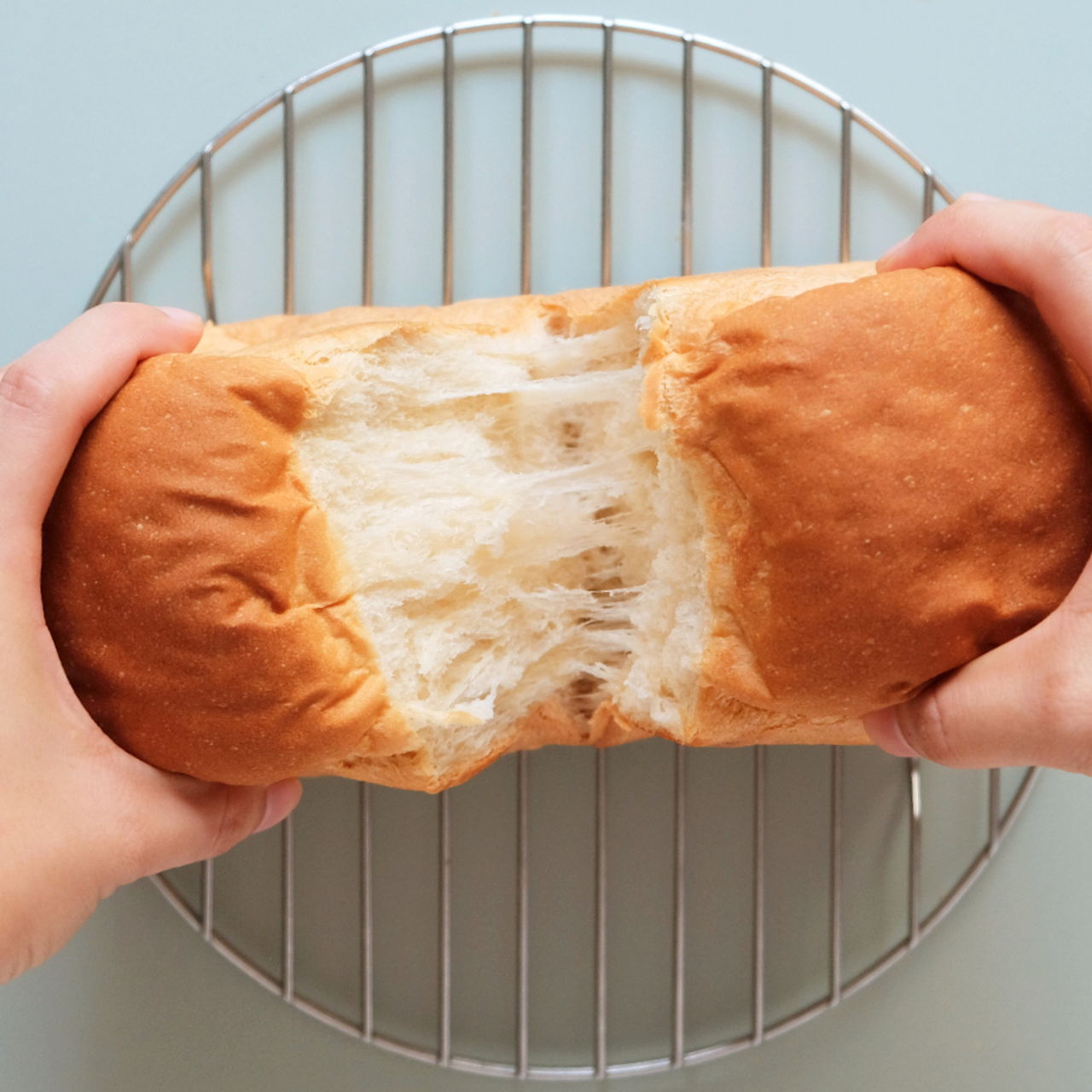
 370 views
370 viewsSoft Milk Bread
nyonyacooking.com
40 minutes
Your folders

 114 views
114 viewsCottony Soft Sponge Cake (tang mian...
ultimateomnoms.com
5.0
(1)
Your folders
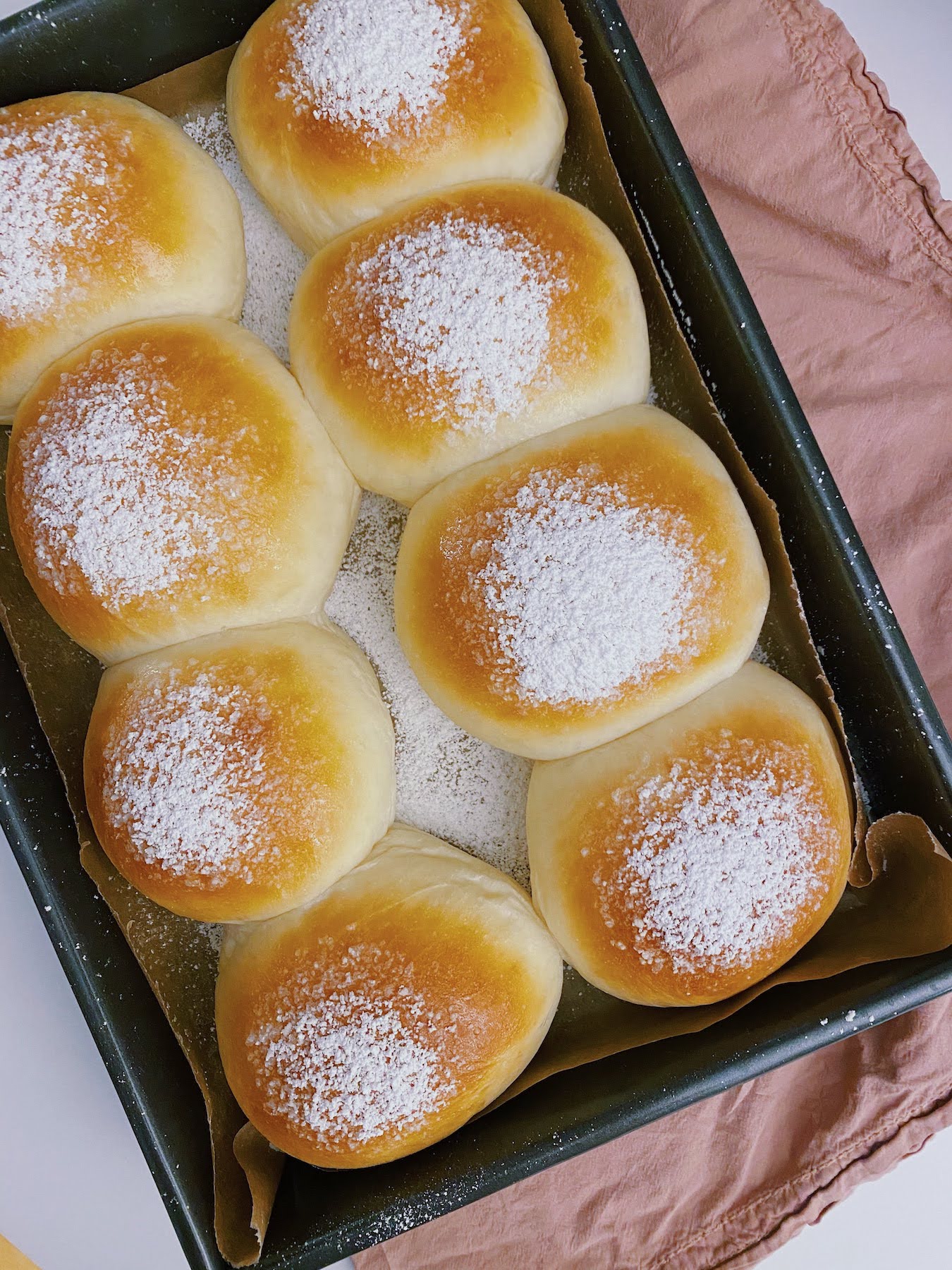
 427 views
427 viewsBest Soft and Fluffy Japanese Milk ...
maggieats.com
5.0
(1)
15 minutes